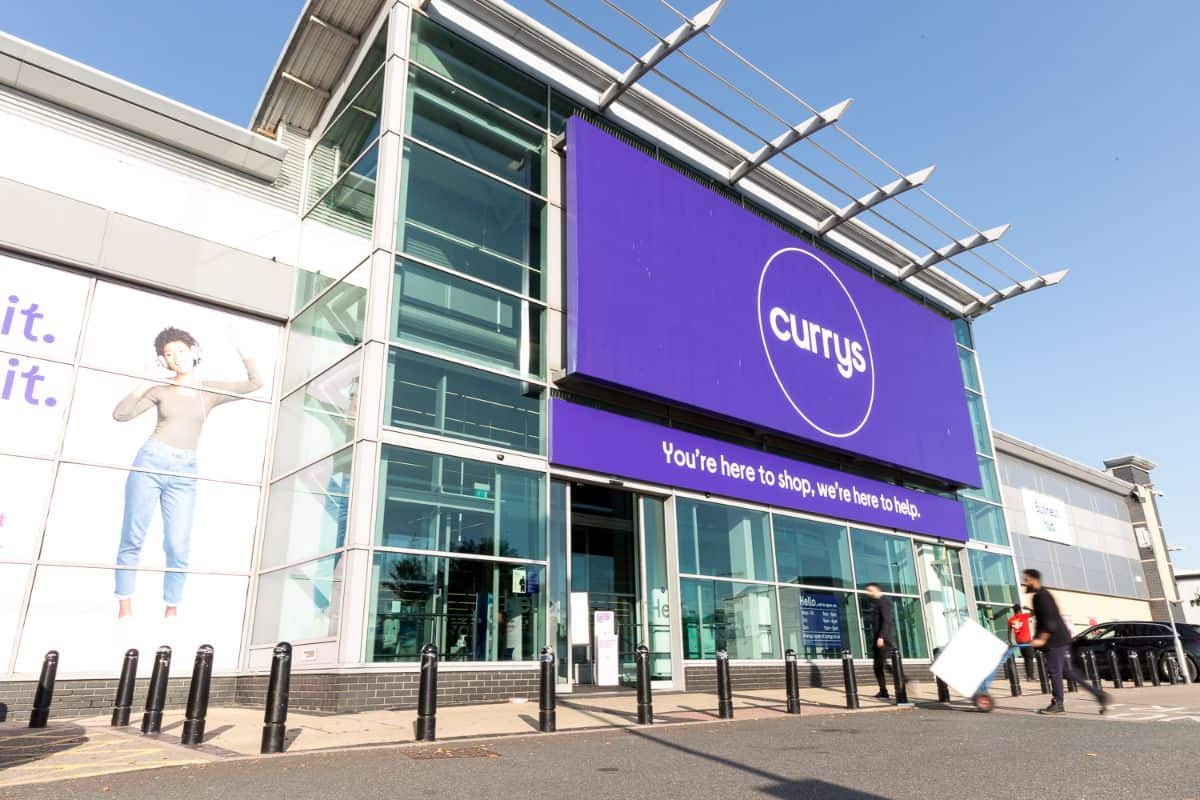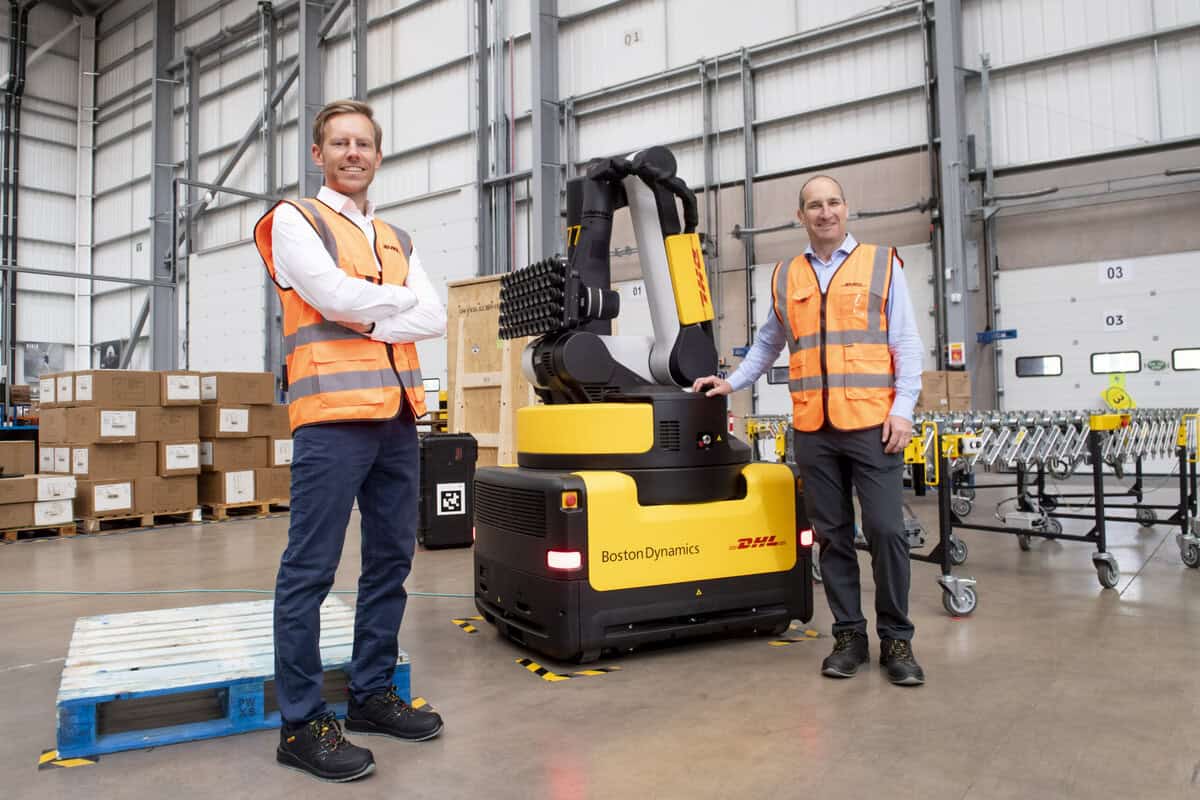How retailers present a product makes all the difference to whether shoppers choose to buy. When that product is presented online – where shoppers cannot touch and feel an item for themselves – detailed attention to merchandising becomes all the more important. To be confident in buying an item, website visitors need to know how big it is, what it’s made of, how it works and how they might use it in the context of their own day-to-day lives. Online merchandisers use tools such as search filters, zoomable images and product reviews to communicate those points and to help shoppers find and buy the item that’s right for them. Giving shoppers all the information they need is not only important in helping them to buy in the first place but may also help to reduce the level of returns.
How effectively do Top500 retailers merchandise their websites? RetailX researchers scored the leading websites against more than 35 metrics in this Merchandising Dimension in order to assess how retailers showcase their goods and how they encourage shoppers to buy. In doing so, they aim to understand both how retailers present their products and to establish a benchmark for those measuring their own performance against competitors, both in their own sector and across the Top500.
The information is broken down here into three questions. First, how do Top500 retailers help customers to find the product they are considering buying, using website navigation and search to narrow down the range on offer, while offering recommendations of other similar products that may be relevant? Second, how well do retailers explain the products they sell, and to what extent do they enable people who have already bought the item to share their opinions? Finally, how easy is it for shoppers to buy an item? Do they have to register before checking out, and what payment options are available for them to use?
How do Top500 retailers help customers find a product?
When retailers sell tens of thousands of products, finding the right one can be a challenge, especially since so many shoppers are using the relatively small screen of a smartphone to do so. Retailers help them to narrow in on the item they want through tools including in-site search, and through navigational filters.
Search and navigation
Top500 retailers are making it easier for shoppers to find the items they are looking for. Almost eight in 10 (78%) now offer drop-down suggestions when website users start to type a search term on their website. 61% do so on their mobile website, while 40% suggest full search terms as the shopper starts to type. (See the Strategy & Innovation Dimension (page 18) for more on how predictive search has grown over the year). Browsers can continue to scroll down infinitely on 26% of mobile websites, while 94% of mobile websites feature the three-line ‘hamburger’ button that makes navigation easier on a smartphone.
Almost all enable users to narrow down their search using navigational filters. The most common search filter is by product type, used by 95% of the Top500. That’s followed by price (60%) and by brand (49%). Search by product type has seen a big uptake over the last year, with its use growing from 87% in 2019 to 95% in 2020 of 488 retailers measured in both years. Its use grew in all categories, most notably in jewellery (+23 percentage points (pp) to 45%), cosmetics (+17pp to 52%), and fashion clothing (+17pp to 48%).
But while more retailers offered search by product type, fewer offered search by brand. In 2019, 54% of the 488 retailers measured in both years enabled shoppers to use this filter but in 2020, less than half (49%) do so. The biggest falls in use are in the stationery and craft category, where use fell by 14 percentage points (pp) from 53% to 39%, and in the home and industrial appliances (-12pp to 67%). There were only small rises in use, found in the children’s toys and accessories (+1pp to 72%) and sports and outdoor equipment categories (+1pp to 75%).
When a website user enters a search term that finds no results on the website, 42% of Top500 websites show a blank page, while the remaining 58% show alternative information such as popular or trending products. This is an approach thought more likely to result in a sale.
Emerging technologies in this space include visual search. This year, just 8% of Top500 mobile apps enable shoppers to search using an existing image or one taken using their smartphone’s camera.
How do retailers explain their products?
Once a customer has found a product, how can they be sure it’s right for them? That’s where images, ratings and reviews come into play. Retailers also make product recommendations to show customers similar items they might not have considered, as well as flagging up individual products in daily deals and advertising banners.
How images are used
In 2020, almost three quarters (73%) of Top500 retailers use several images of a product on the product page. Seven in 10 (70%) make product images zoomable on their mobile website, as do 54% of those with mobile apps. The average Top500 retailer shows an average of 4.3 images per product on its desktop website and four on its mobile website.
Ratings, reviews and sharing
More than half share on their websites the product ratings (55%) and product reviews (57%) that other customers have given, while 30% of those with mobile apps share product ratings. 40% enable shoppers to share a product with friends and 3% enable them to ‘Like’ a product on their website via social platforms.
Product recommendations, deals and more
Almost three quarters (74%) of retail websites recommend similar products to the ones a customer is already looking at, and 26% recommend an ‘upsell’ of a higher-specification or more expensive product, or of a product that complements one already in the basket. These tactics can let the shopper know about a product that may interest them but they may not have previously seen. Almost nine in 10 (87%) run banner advertising to flag up services or products on their website, 36% do so on their mobile website, and 63% show an obvious promotion on their website. Just under a quarter (24%) of those with mobile apps flag up daily deals to app users, while 74% offer push notifications from the app. These can be used to alert shoppers when a relevant deal, product or service becomes available. Just 7% highlight popular products by flagging them as a best seller on their website.
How easy is it to buy?
Apparently small changes can make it much easier for shoppers to complete their transaction, which is reflected in both conversion rates and sales.
Checkouts
In 2020, more than six in 10 (38%) Top500 retailers require registration before checkout, while the remaining 62% allow shoppers to complete their transaction by guest checkout, including Apple Pay, Amazon Pay, PayPal and Google Wallet. The number requiring registration has fallen by 19pp since 2019; the number offering the option of guest checkout has risen by the inverse of 19pp at the same time.
Making it easier to buy through guest checkout involves a trade off against the amount of information that retailers can gather about a potential customer, and the figures suggest that more are opting to demand that shoppers register. However, it may also increase the likelihood that shoppers will buy, thanks to speedier checkouts and the greater likelihood of payment details being up-to-date.
Wishlists and site performance
It’s easier for shoppers to buy an item that they previously saved while browsing and 56% of Top500 retailers enable shoppers to add a product to a wishlist on the website, as do 60% of those with apps.
It’s also easier for shoppers to buy when they get onto the website with no problems. Top500 websites have an average bounce rate of 31% in 2020, according to research done in collaboration with RetailX knowledge partner SimilarWeb. Once on the site, the average Top500 browser visits ten (9.8) pages and spends 325 seconds – that’s five minutes, 25 seconds – on the site.




